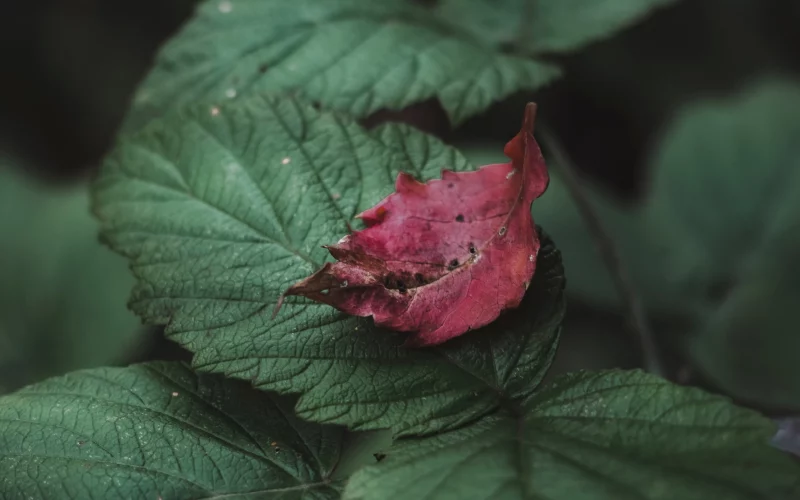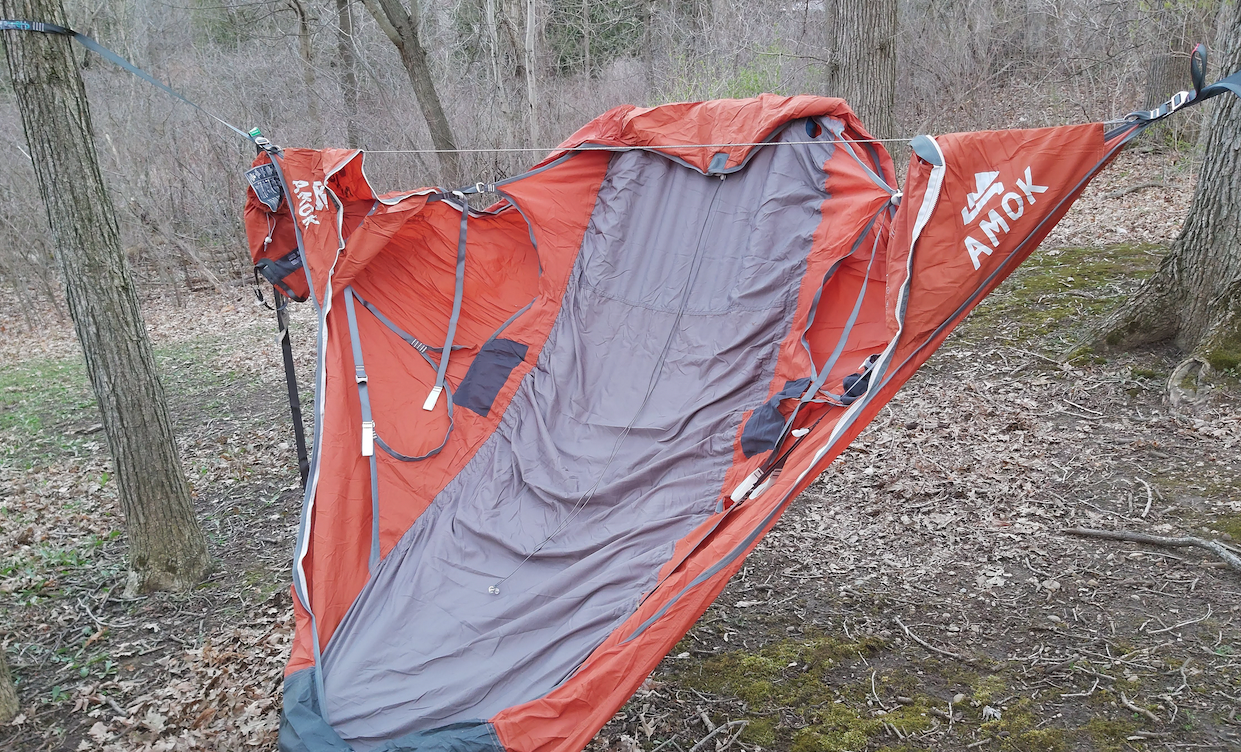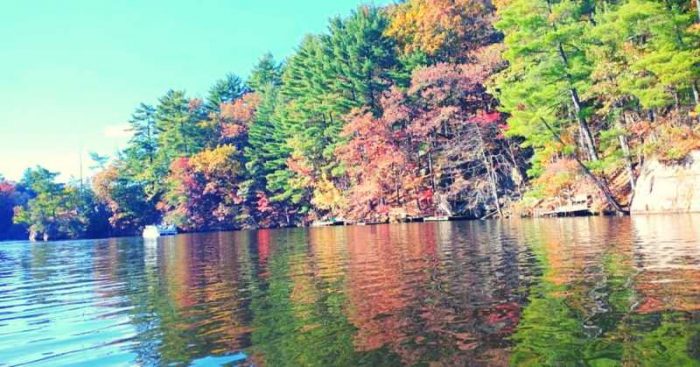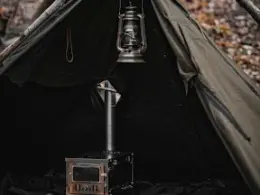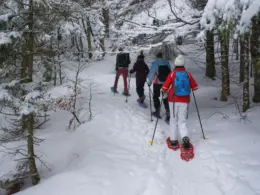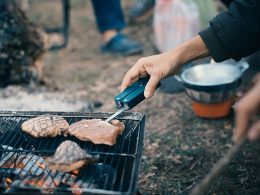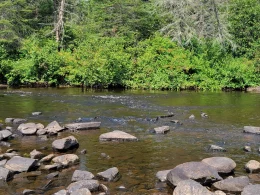Fall camping – the mere mention of it conjures images of fiery foliage, crisp air, and a world that’s slowing down, readying itself for winter’s rest. There’s something uniquely charming and cozy about camping in the fall season.
Imagine being huddled around a crackling campfire, sharing stories and s’mores, all wrapped in the tranquil hush of a fall evening. No sweltering summer heat, fewer bugs, and the spectacular autumnal colors make fall camping a true delight for the senses.
Proper preparation is key to a successful fall camping experience. As the saying goes, “There’s no such thing as bad weather, only unsuitable clothing.” This article aims to teach you how, when well-prepared, you can fully embrace the beauty of fall camping, confident in your ability to handle whatever Mother Nature decides to throw your way.
Table of Contents
Choosing the Right Campsite
Choosing the right campsite during the fall season can significantly enhance your camping experience. The location of your camp can influence many factors, including the weather conditions you’ll face, the sights you’ll see, and the wildlife you may encounter.
It also sets the scene for what gear you’ll need, the cooking equipment you’ll want to bring, and safety measures for your site.
Researching and Selecting a Suitable Campsite
A suitable campsite would be a place that offers a balance between natural beauty and necessary amenities. Look for level ground for setting up your tent, a spot that’s free from overhead dangers like loose tree branches, and close to a water source for convenience.
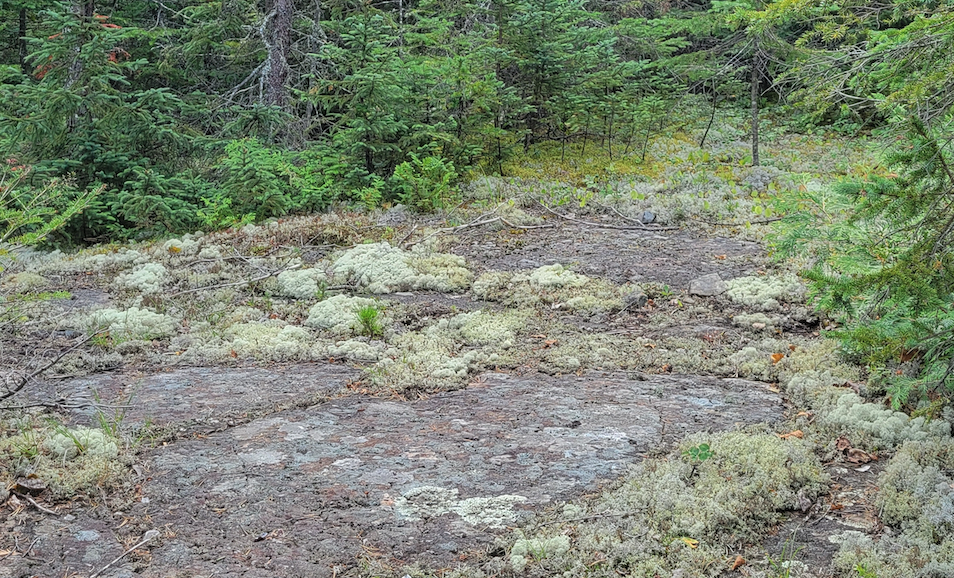
You can research local campsites by using online resources such as park websites, outdoor forums, or camping apps. These often provide comprehensive information about the site’s amenities, the surrounding area, and reviews from previous campers.
Considering Weather Conditions
During the fall season, weather conditions can change rapidly, transforming a sunny afternoon into a chilly evening in no time. This variance can be particularly acute in mountainous areas where elevation significantly impacts temperature and weather patterns.
Dewy mornings can transition into warm afternoons, followed by cold nights, all within 24 hours. In some regions, fall may also bring occasional rain showers or even early snow.
To anticipate these changes, it’s important to research the weather beforehand. You can do this by:
- Checking accurate and updated weather forecasts for your intended camping area.
- Using dedicated weather apps that can provide hourly updates.
- Consulting local parks or forest rangers for the most accurate and localized information.
- Understanding regional weather patterns. For example, if you are camping in a mountainous area, be prepared for sudden weather changes.
Being prepared for the weather while camping is essential, not only for comfort but also for safety. It can save you from many unnecessary complications and frustrations.
Checking for Available Amenities and Facilities
It’s crucial to note that not all amenities and facilities will be readily available during the fall season. Most campgrounds and parks transition into their off-season during this period, which may result in a reduction in services or even temporary closures of certain facilities. Verify the availability of these amenities before planning your trip for a hassle-free camping experience.
Essential Fall Camping Equipment
Bringing the wrong gear can spell disaster for your camping trip, hindering your comfort, safety, and overall enjoyment. The right gear, tailored to the environment and season, is crucial in tackling unexpected weather changes and ensuring your well-being. With proper preparation and a well-thought-out packing list, you can confidently navigate through your camping adventure.
Shelter Selection Is Crucial
The selection of your camping shelter—whether a tent or a hammock—should align with the weather conditions you are likely to encounter. For tent users, a 3-season tent is a popular choice for the fall, providing a balance between ventilation, warmth, and protection from the elements. Some campers opt for a 4-season tent if they expect harsher weather.
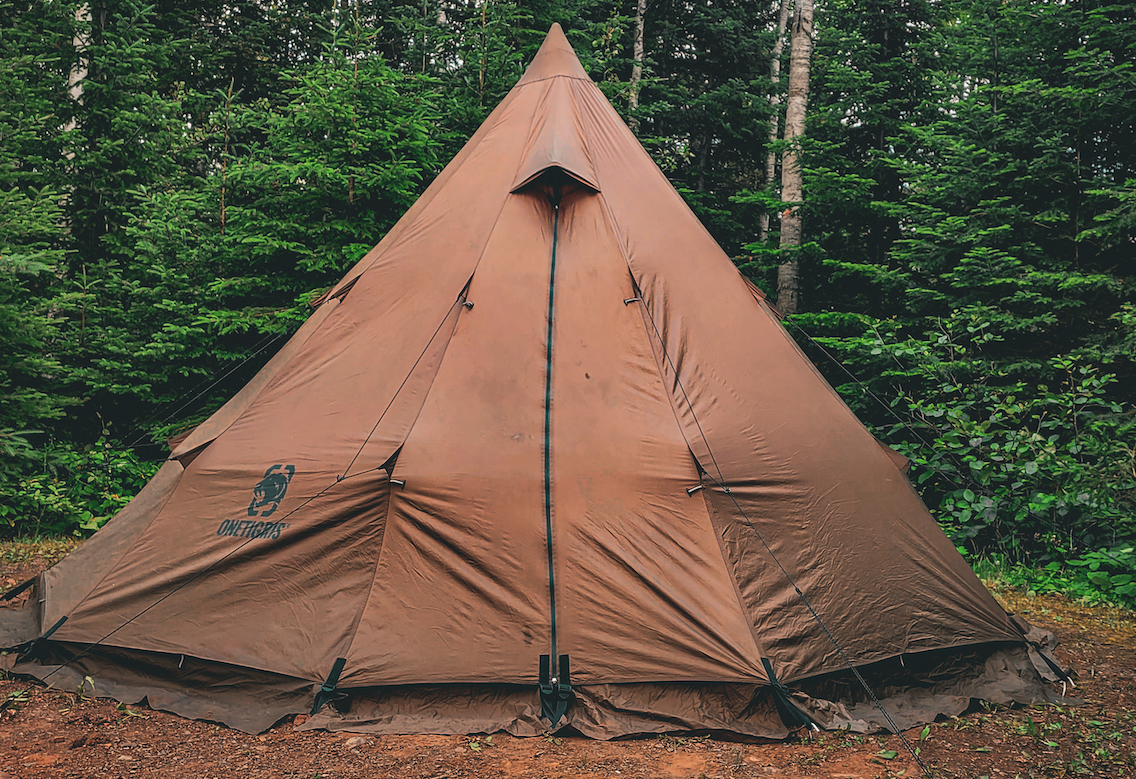
A consideration for tent users in colder conditions is a hot tent, which accommodates a small, portable wood stove. This setup can provide much-needed warmth and a place to cook or dry gear, but it requires careful management to prevent damage to the tent or a fire incident.
For hammock users, investing in an under quilt is highly advisable for fall camping. An under quilt wraps around the outside of your hammock, providing insulation and blocking cold air from reaching your body. Pair this with a high-quality tarp to shield you from rain, wind, or dew, and you can enjoy a comfortable, off-the-ground sleep, even in cooler temperatures.
Bags and Blankets: Your Bed in the Wilderness
Sleeping bags are your mobile bed, and choosing the right one is key for a snug night’s sleep. They come in two types: down and synthetic. Down bags, filled with duck or goose feathers, are lightweight, compact, and offer excellent insulation. However, they don’t perform well when wet. On the other hand, synthetic bags, while usually bulkier and heavier, maintain warmth even when damp.
Bags also come with temperature ratings, typically a ‘comfort’ and ‘lower limit’ rating. The comfort rating is the temperature at which a cold sleeper would be comfortable, while the lower limit rating is for a warm sleeper. Always check these ratings to ensure your bag suits the expected temperature range.
Blankets can be a great addition, especially for those chilly fall nights. They provide an extra layer of insulation and can be easily adjusted as the temperature changes. A heavy, winter duvet is a great blanket to seal in the heat during the night.
A wool blanket is an indispensable item for camping during the fall. Wool, a natural fiber, is renowned for its remarkable insulating properties. Even when damp, wool retains its warmth, a feature not found in many other fabrics. This capability is due to the inherent structure of wool fibers that trap pockets of air, retaining body heat and keeping the cold at bay.
Besides, wool also absorbs and releases moisture slowly, creating a stable, comfortable personal climate and preventing a sudden chill. So, packing a wool blanket can add an extra layer of security against the whims of weather during your outdoor adventure.
Sleeping Pads: The Barrier Between You and the Cold Ground
Sleeping pads, though often overlooked, are an essential piece of camping gear. They provide not only cushioning but also insulation from the cold ground. Foam pads are a budget-friendly choice and offer great insulation.
If you prefer more comfort, air pads are the way to go. Look for ones with a high R-value (a measure of thermal resistance) for better insulation. Remember, your sleeping system is only as good as your sleeping pad.
The Critical Connection: Staying Warm by Staying Dry
One of the essential aspects of staying warm during outdoor adventures is staying dry. Moisture, whether from sweat or external sources, can quickly sap your body’s heat, dramatically increasing your risk of hypothermia, a potentially dangerous drop in body temperature.
This is because water conducts heat away from your body much faster than air. If your clothing is wet, either from sweat or precipitation, you will lose body heat much more rapidly.
Ensuring you stay dry is as important as packing warm clothing or a good sleeping bag. If you do find yourself wet, it’s crucial to get dry as quickly as possible to maintain your body temperature and keep hypothermia at bay.
Use a Campfire to Your Advantage
Arguably the most vital survival tool in the wilderness, fire serves multiple life-saving functions. Its most immediate and apparent benefit is providing warmth. A well-tended fire can maintain a comfortable temperature range, fending off the chill of the night or the bite of winter, and significantly reducing the risk of hypothermia.
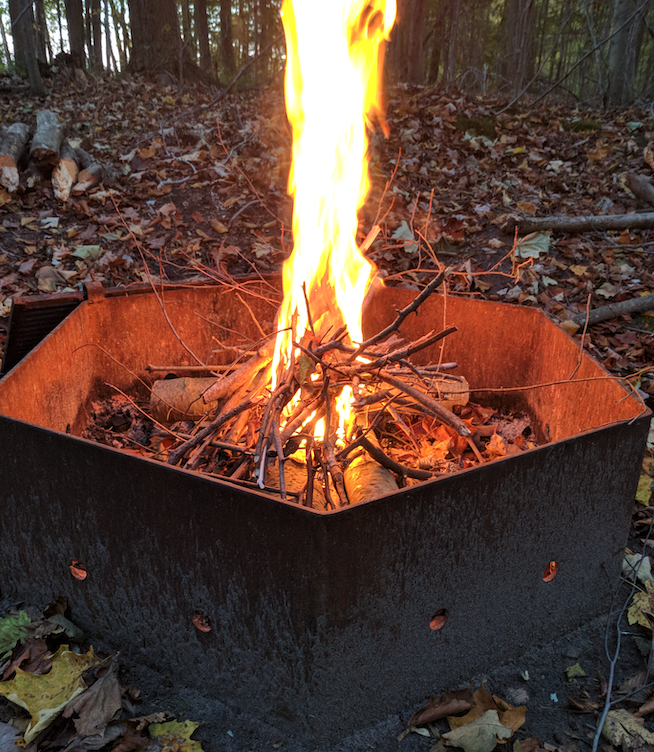
But the advantages of fire extend beyond just warmth. In wet conditions, a fire can serve as a drying station for damp clothes, helping to restore your body’s thermal balance disrupted by moisture, as discussed earlier.
Moreover, fire is instrumental in cooking food, making it safe to eat and enhancing its taste. It’s also a morale booster, casting light in the dark and warding off potential predators.
In your fire kit, consider including a variety of tools that can help start a fire in any weather condition:
- A ferro rod creates a shower of hot sparks, useful for igniting tinder in challenging weather.
- Matches can provide a quick and convenient way to start a fire, preferably the stormproof type that can withstand wind and rain.
- A flint and steel set is a classic fire-starting tool that works even when damp.
- Lighters, especially butane lighters, offer simplicity and reliability, making them an essential part of any fire kit.
Homemade fire starters can also be a cost-effective and efficient option. For instance, petroleum jelly and cotton balls make an excellent fire starter; the petroleum jelly extends the burning time of the cotton, giving you ample time to add kindling.
Alternatively, wax and fatwood shavings packed into a paper egg carton or a similar container can serve as another reliable fire starter. The wax acts as a fuel that aids in burning, while the fatwood shavings catch fire easily and burn steadily, providing a sustained flame to build your fire.
Proper Clothing and Layering Techniques
Proper layering is crucial to maintaining body temperature and comfort during cold weather camping. By regulating heat retention and release, you can effectively ward off the chill and prevent excessive sweating.
When it comes to layering, it’s not just about bulking up. In fact, several thin layers are often more effective than a few large, bulky ones. Thin layers trap warm air close to your body and allow for better regulation of heat as each layer can be added or removed based on your needs.
Materials matter too. While cotton may seem like a comfortable choice, it can be detrimental in cold conditions as it holds moisture, making you feel colder. Instead, opt for materials like merino wool, which not only provide excellent insulation but also effectively manage moisture by wicking away sweat from your skin.
Here are a few tips on proper layering techniques:
- Start with a moisture-wicking base layer to keep dry.
- Add an insulating mid-layer, like a fleece or a down jacket, to trap heat.
- Use a waterproof and windproof outer layer to protect from the elements.
- Don’t forget your extremities! Insulated gloves, wool socks, and a warm hat can make a big difference.
- Adjust your layers as necessary. If you start to sweat, remove a layer or unzip your jacket to prevent overheating and moisture build-up.
- Pack extra layers, especially for nighttime when temperatures drop significantly.
Remember, the key is to stay dry and warm, but not too hot, which is exactly what proper layering allows you to do.
Essential Camp Kitchen Equipment and Cooking Utensils
When you’re cooking in the great outdoors, the right kitchen equipment can make the difference between a gourmet meal and a soggy sandwich. For warm meals that keep the chill at bay, consider portable stoves, cast iron skillets, or stainless steel pots. These durable materials hold heat well, perfect for simmering hearty stews or grilling steaks over an open flame.
Cast iron and stainless steel are preferred over aluminum for their durability and superior heat retention. Cast iron is excellent for campfire cooking while stainless steel is more lightweight, making it ideal for backpacking trips.
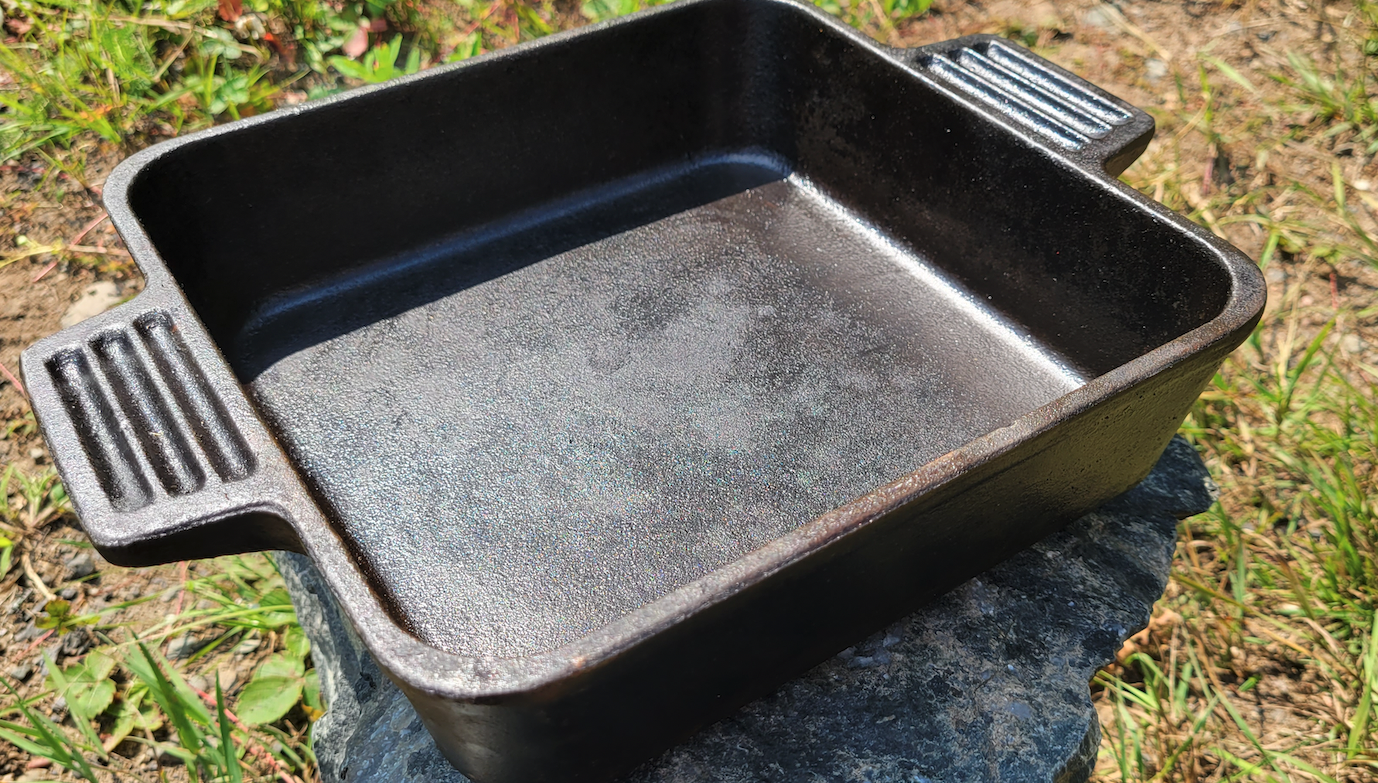
Titanium cookware, on the other hand, is a fantastic choice for those wanting to keep their pack light without sacrificing durability or performance. While it’s a bit pricier, titanium is incredibly strong and heat-resistant, making it worth the investment for avid campers.
Regardless of the equipment you choose, remember that food is more than just fuel when you’re camping. So pack your favorite spices, plan some indulgent meals, and don’t forget the marshmallows for the all-important campfire s’mores!
Food and Beverage Considerations
Proper planning and packing of meals is a crucial part of your camping trip, especially when you consider warm drinks and hot beverages. These not only provide the necessary warmth in colder climates but also act as a comforting ritual for many campers.
A stainless steel or titanium thermos can be an excellent investment for keeping your beverages hot for extended periods. As for meals, planning should aim for nutritious, high-energy food items that are non-perishable and easy to cook.
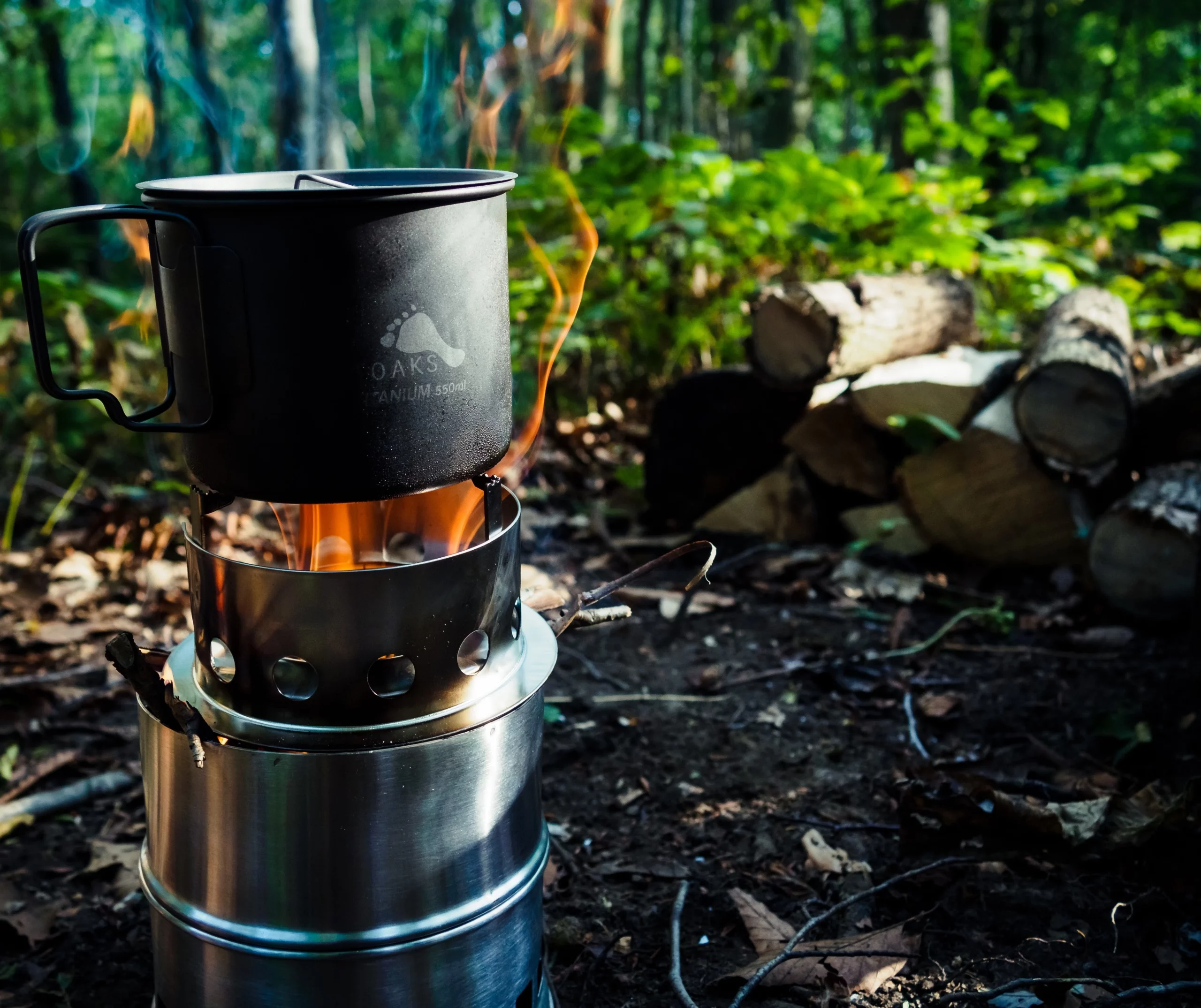
When fall camping, you’d want to opt for hearty and warming foods such as a delicious beef stew or chili loaded with seasonal vegetables. It’s also the perfect time to indulge in autumn classics like pumpkin soup or roasted sweet potatoes, which not only warm you from the inside but also complement the autumnal ambiance.
Protection of your food from wildlife is equally important. Utilize bear-resistant containers or hang your food at least 10 feet off the ground and 4 feet away from any vertical support.
Finally, when it comes to disposal, adhere to a ‘leave no trace’ policy. Pack all your trash and leftover food to dispose of properly, ensuring nothing is left behind that might attract wildlife or harm the environment.
Safety Measures
Safety against wildlife is an essential aspect of any camping trip. Animals, both small and large, may be attracted to your campsite due to the smell of food. To mitigate the risk, keep your campsite clean and free from food scraps.
Store food and cookware in airtight, bear-resistant containers or car trunks when they’re not being used. In areas without vehicles, suspend food, trash, and toiletries at least 10 feet up and 4 feet out from tree trunks to keep them out of reach of smaller animals and bears.
Using bear bells or making noise can also help ward off curious creatures. Remember, feeding wildlife is not only harmful to them but can also lead to aggressive animal behavior. Always respect wildlife and observe them from a safe distance.
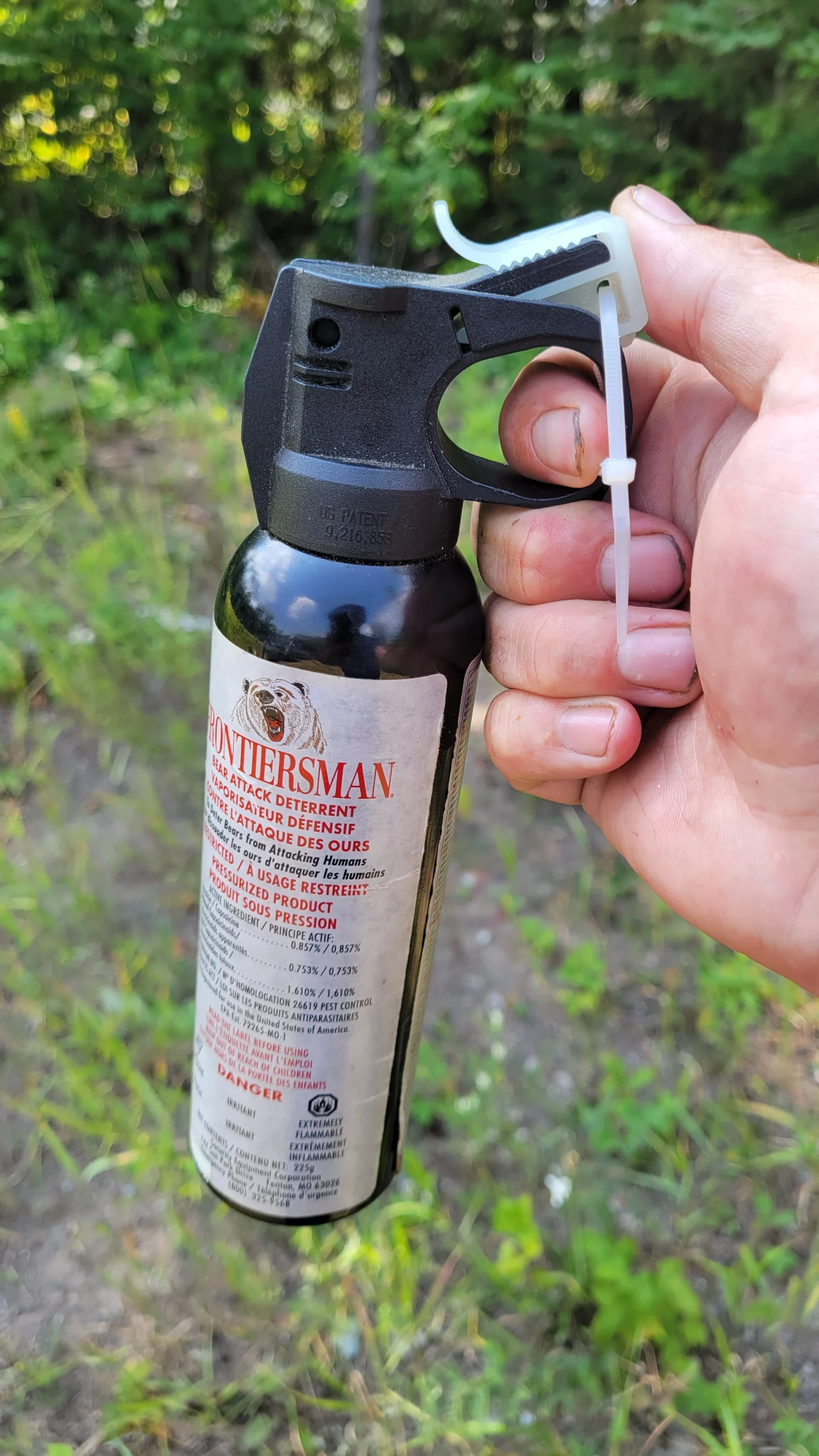
Bear spray is a crucial item to pack for autumn camping trips, serving as an effective deterrent against aggressive wildlife, particularly bears. It’s a specially designed, environmentally safe aerosol pepper spray that, when used correctly, can temporarily incapacitate a bear, providing you with an opportunity to escape safely.
Embrace the Beauty of Fall Camping
Fall camping is a rewarding experience that allows you to fully embrace the beauty of the season. The key to a successful trip lies in thorough preparation and adherence to safety measures. Remember to pack suitable clothing to stay warm and dry, and opt for hearty, warm meals that complement the season.
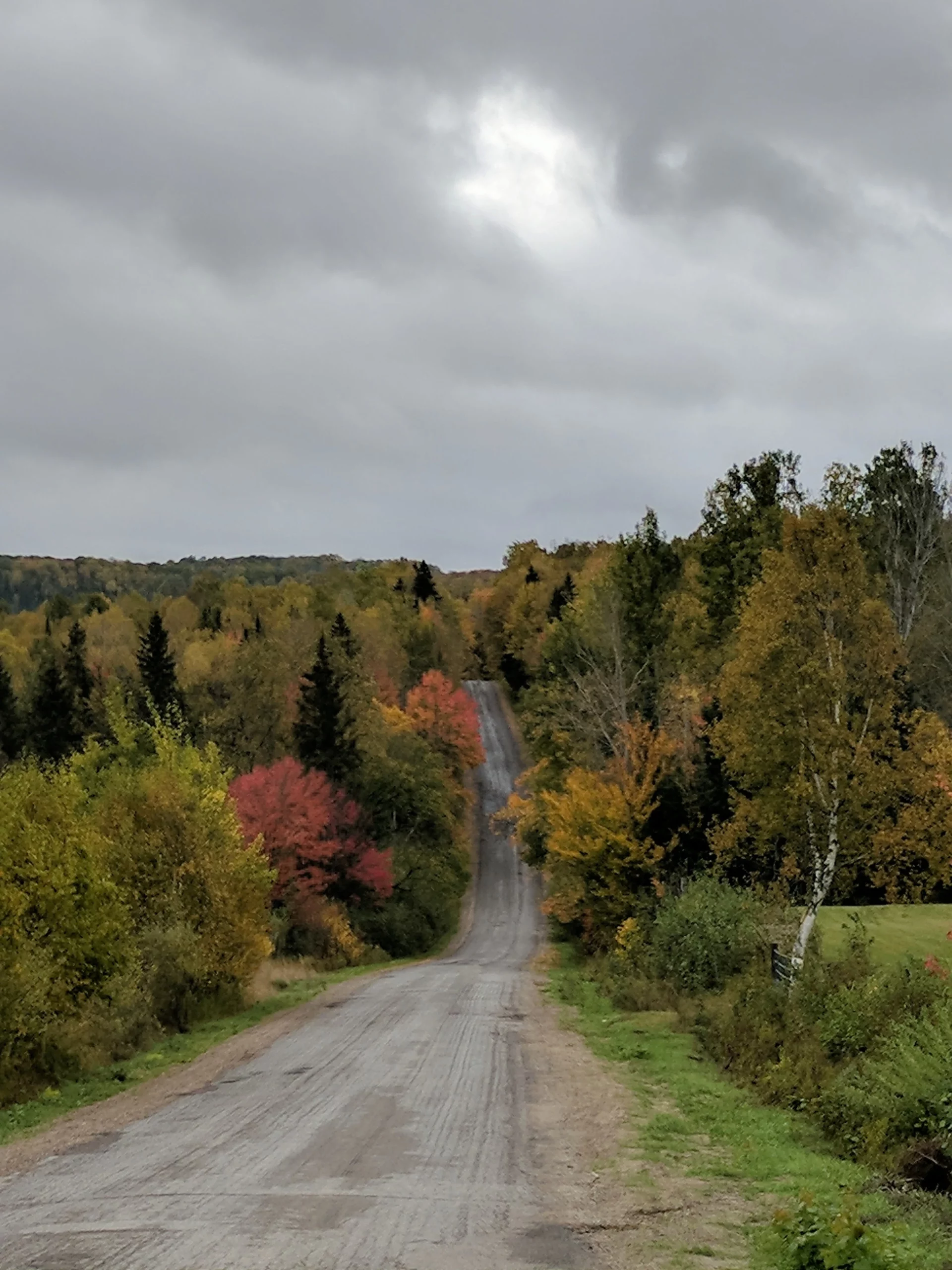
It’s essential to store food securely to protect it from wildlife and maintain a clean campsite. While it’s enjoyable to observe wildlife, it’s crucial to do so from a safe distance without feeding them. As we immerse ourselves in the great outdoors, we should always strive to leave no trace, preserving the environment for future generations to enjoy. Happy fall camping!

